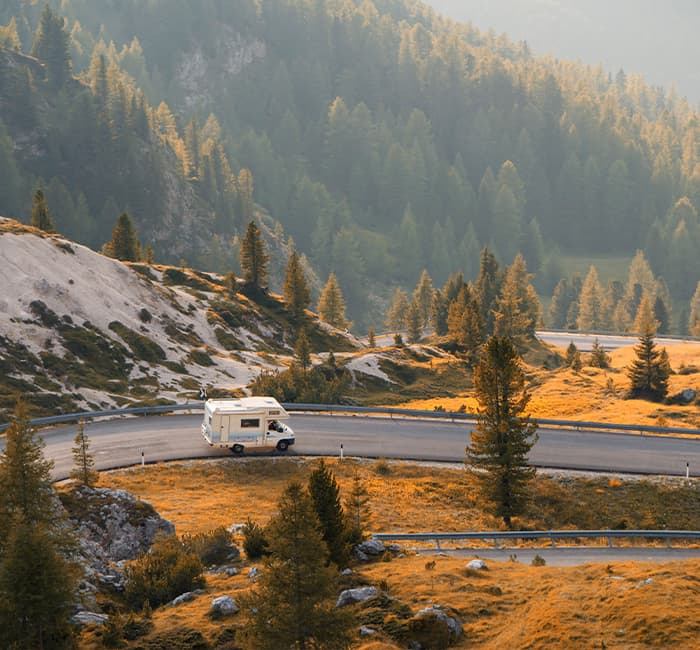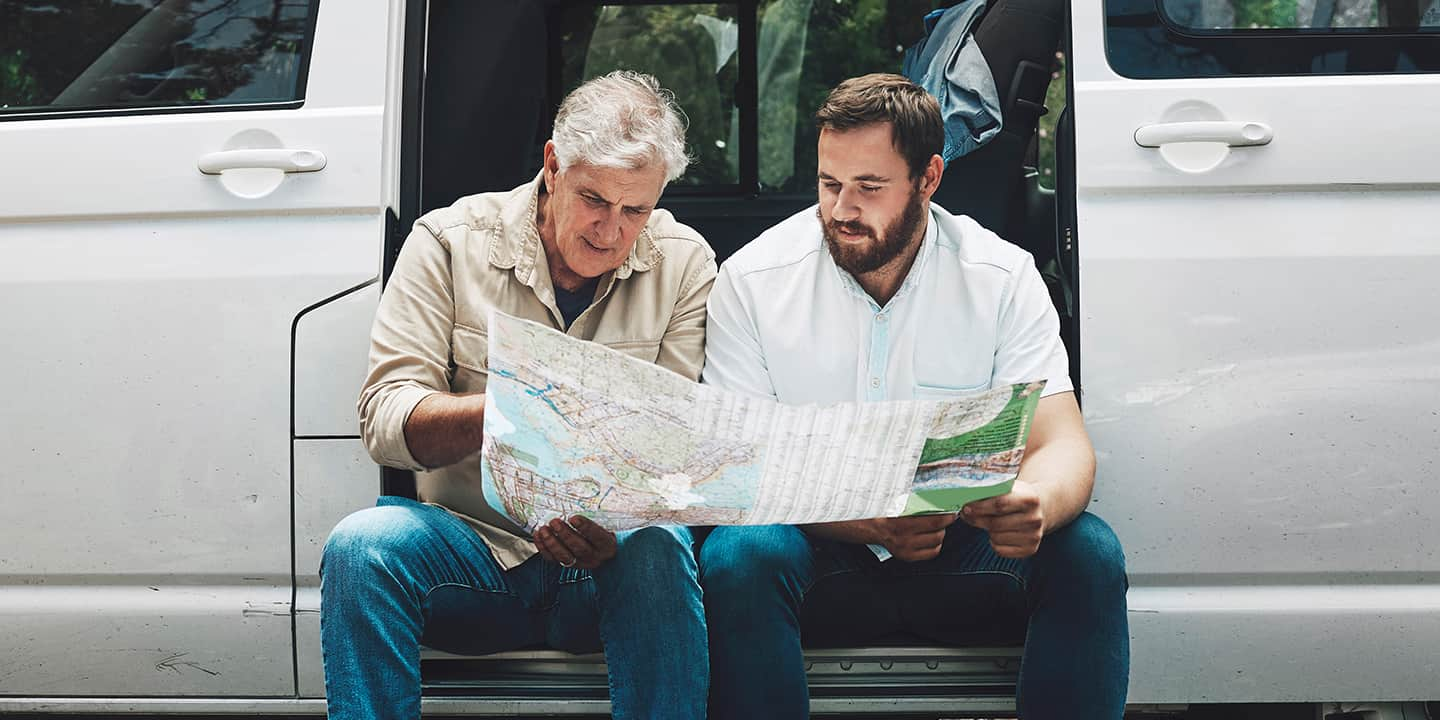Now that you know what’s involved in planning your road trip it’s time to start thinking about driving in Europe. In this guide, we will take you through some driving tips and general rules of the road outside Ireland.
The rules of the road can change throughout different countries in Europe, so it’s important to research the rules for each country you plan to drive in before you set off on your road trip.
Rules of the road throughout Europe
Checking the rules of the road for the European countries you plan to drive in is important because the rules can change from one country to the other. It’s important to be aware of the different rules so you’ll be prepared when driving in a new country.
Here are some of the key rules of the road for different European countries.

What side of the road to drive on
Most countries in Europe drive on the right-hand side of the road. The exceptions are Ireland, Cyprus, Malta and the UK where they drive on the left-hand side. This means that if you’re taking your right-hand car from Ireland on your European road trip, you may need some time to adjust to driving on the right-hand side of the road.
It’s important to take the time you need to adjust so that you’re comfortable driving on the right-hand side of the road. Switching to roundabouts can be especially challenging as the vehicles will be travelling in a counterclockwise direction around the roundabout. Take care to focus when approaching a roundabout and remember to give way to the traffic on your left.
Speed limits
Most European countries have similar speed limit ranges, as follows:
- Motorways - 120/130 km/h
- Rural Roads - 80/90 km/h
- Urban Roads - 50 km/h
- Residential Areas - 30 km/h
However, it is still best practice to check the speed limit when you’re driving on a new road in a new country and pay attention to speed limit signs while you’re driving, just as you would when in Ireland. This will help you to adhere to the speed limit and avoid getting any speeding fines, while also ensuring that you’re driving in a safe manner.
Headlight converters
Before driving on the right-hand side of the road, it’s important to get headlight beam deflectors to adjust and redirect your headlight beams. This is the law in some countries, such as France, as it ensures you won’t dazzle oncoming drivers.
You can purchase headlight beam deflectors in motor service or DIY shops. Simply follow the instructions on the packaging to apply them to your headlights and you’ll be ready to drive on the opposite side of the road.
Road signs
Before setting off on your road trip you should research the road signs for each country you plan to drive in. The signs in most European countries are standard, however, they can have slightly different signage designs, for example, the colour, symbols or font may be different. Taking some time to familiarise yourself with these before your trip will make for a much easier and safer driving experience.
Parking rules
The parking rules across Europe can also differ slightly, so be sure to do some research for the countries you plan to drive in to make sure you park correctly and avoid getting fined. In Spain, for example, some one-way streets have parking rules where you should park on the side with odd number houses on odd days of the month and the side with even number houses on even days of the month.
Car insurance while abroad
Now that you understand some of the rules of the road you should familiarise yourself with before setting off on your European road trip, next you will need to check what you need to know about car insurance while driving abroad to ensure you will be covered while on your road trip.





